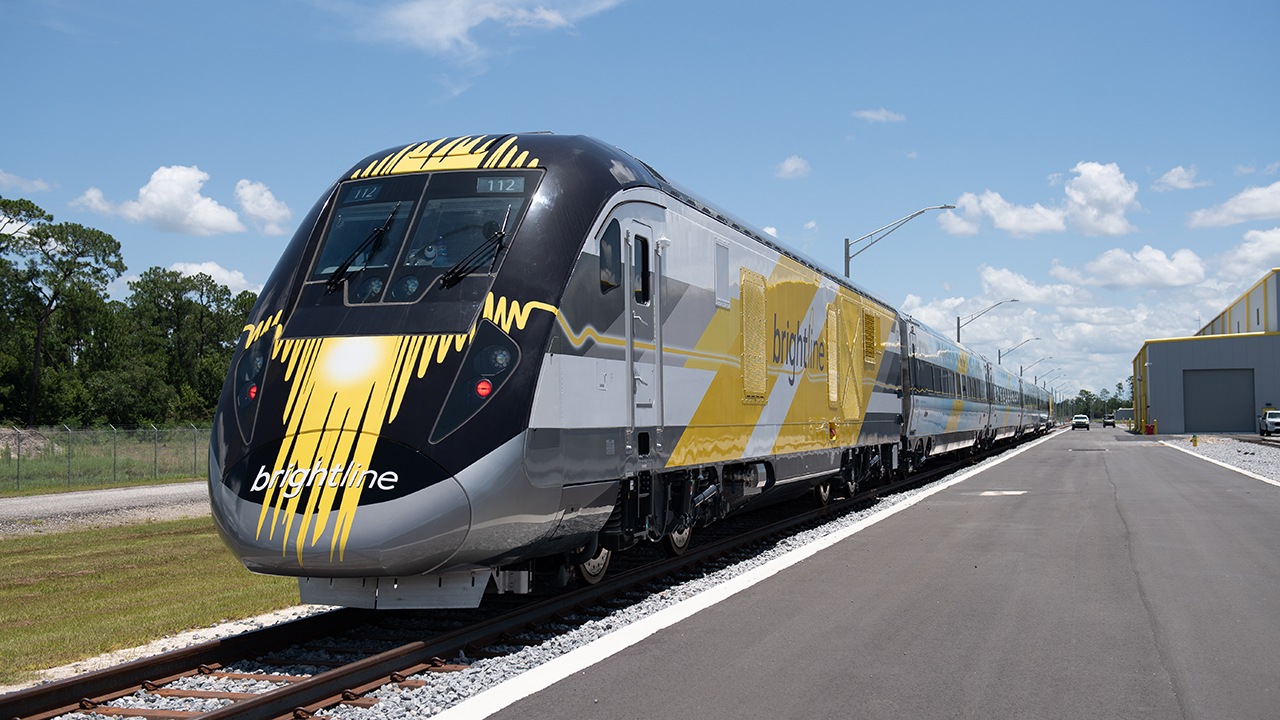Rolling Into Orlando – Railway Age
Written by
David C. Lester, Managing Editor, Railway Track & Structures
All photos by David C. Lester.
RAILWAY AGE, OCTOBER 2022 ISSUE: Brightline realizes its dream to connect Miami and Orlando while continuing to look ahead.
A new and different world awaits passengers about to enter Brightline’s MiamiCentral station. High ceilings, tall windows and clean, bright lighting surround you, and uniformed Brightline personnel are everywhere, ready to take care of any needs or issues. There are two counters at one end of the lobby where you can drop off your baggage. Above are three signs, the center one indicating bag drop, while the two on each side reinforce a big part of the Brightline message: Guest Services. Color tastefully abounds with bright yellow and green trim and a series of lighted kiosks and screens delivering messages and videos about Brightline and community events. And, at this point, you’re still on the first floor, and you’ve walked no more than 50 feet.
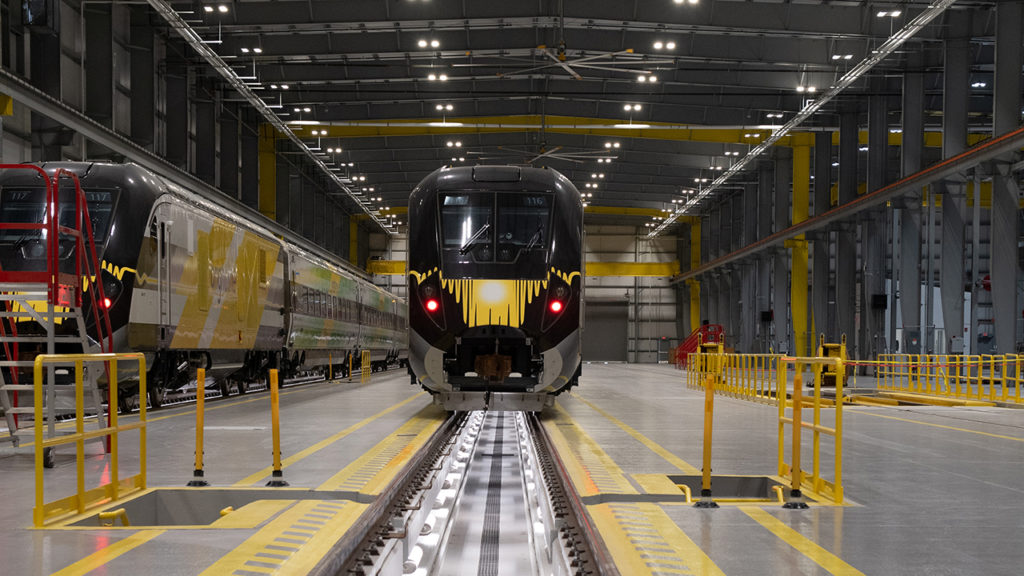
You’re filled with anticipation as you ride up one of several escalators to the train platform. If you’ve never ridden a train before, you’ll be overwhelmed by the sleek, modern train that looks a little like something you’ve seen in futuristic books. Experienced train riders, even those who have ridden trains in other parts of the world, will beam with satisfaction as they think, “Man, they’ve really got something here!”
Boarding the train is much like entering a brand-new commercial aircraft. Whether riding in a premium or smart car, it’s easy to see the preparations for your comfort and convenience are complete. Large, comfortable, sewn leather chairs, easily accessible electrical outlets and USB ports, and the seat backs are high enough to afford a nice bit of privacy.
The 21-inch seats in the premium service cars provide plenty of room to move around, and snacks and beverages are part of your fare. Moreover, each station’s premium lounge offers similar delights, with ample seating in a pleasant environment. While the smart car service has slightly narrower 19-inch seats and beverages and snacks come with a nominal charge, this class of service is by no means slouchy. The high seat backs and convenient outlets provide an experience very close to the premium cars. Strong, easy-to-connect wifi service is available in the station and onboard the trains. No password is required, so you can connect and get to work. The ride is smooth and steady at all speeds, with no jostling around or water pitchers hitting the floor because of bad track. Brightline trains, stations and lounges are all pet-friendly, too. And, to top it off, the large picture windows by each seat allow you to watch the world flashing by at up to 79 mph.
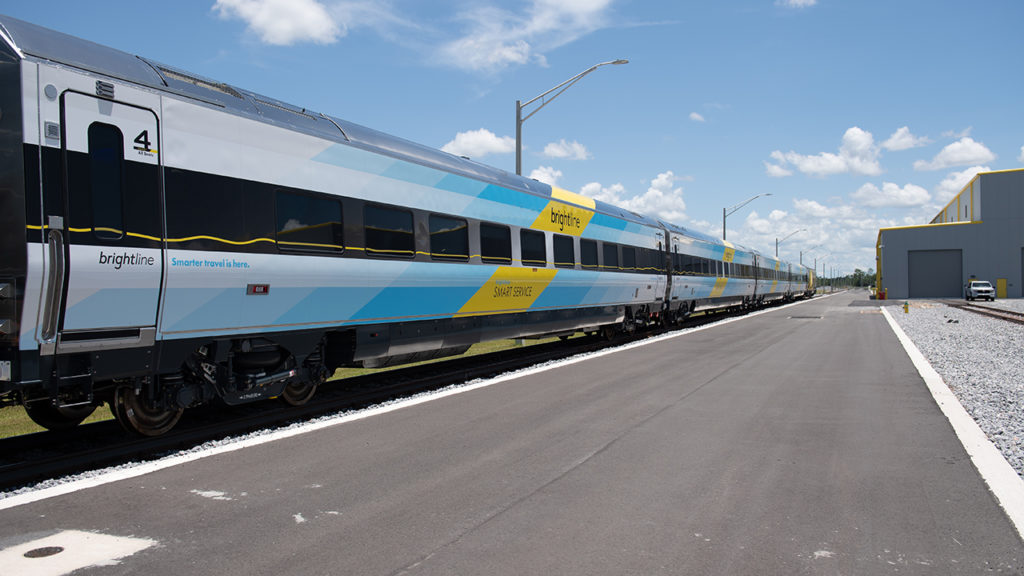
Pandemic Blues?
Brightline began service in 2018 between Miami and West Palm Beach, with an intermediate stop in Fort Lauderdale. While the world suffered through the pandemic, which shut down Brightline for 19 months beginning March 2020, some layoffs occurred. However, this “downtime” also allowed Brightline planners to review every aspect of their service. One item coming out of this review is the idea for private auto and shuttle first-mile – last-mile service for passengers within a five-mile radius of a station, called “Brightline plus.” This service helps drive Brightline’s advertising slogan, “Go Car-Free. Carefree.” If you live close enough to the station, the railroad can handle your transportation from the moment you walk out of your door to the minute you step back in upon return. The private auto fleet consists of all-electric Tesla cars for individual riders, while the shuttle service is composed of traditional multi-passenger vans.
In addition to developing new ideas, the Brightline team continued construction on the line to Orlando during the pandemic. The railroad resumed operation in November 2021 and has provided hourly service for nearly a year, with 16 round trips per day between Miami and West Palm. And any concerns about interest in the railroad dropping off due to the pandemic were thrown to the wind when ridership came roaring back upon reopening.
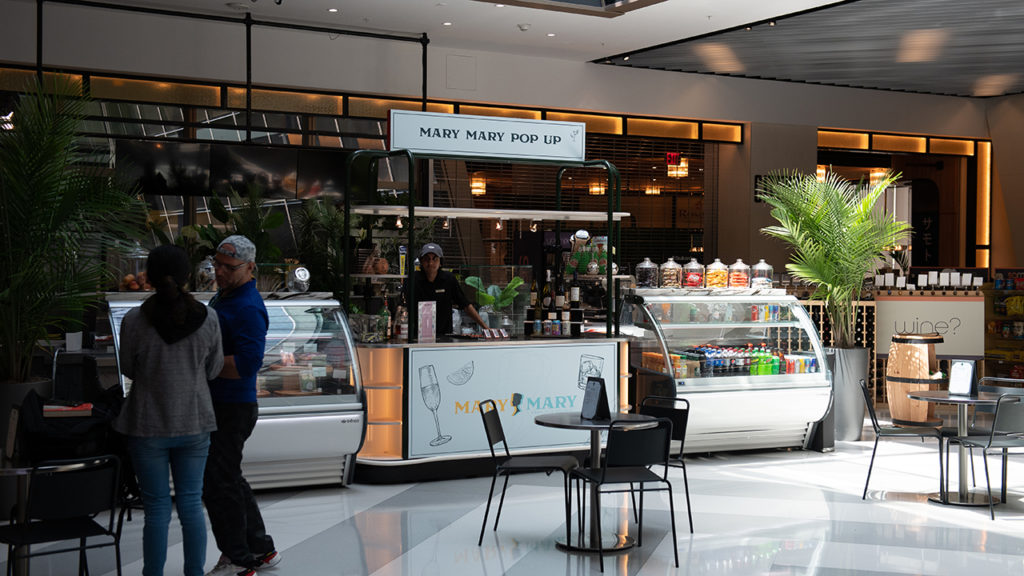
Indeed, Brightline president Patrick Goddard told Railway Age that “year-to-date, our ridership and revenue is at about 150% to 170% above what it was before COVID hit. We look at that as a positive indicator, and considering that other transit agencies are still at around 80% of their pre-pandemic ridership, we feel like we’re headed in the right direction. Ridership keeps growing, and our marketing is increasingly effective. There is a lot of momentum building around the two additional stations we will open in south Florida later this year (Boca and Aventura). We’ll finish the build into Orlando next year.” Boca is between Fort Lauderdale and West Palm. Aventura lies between Miami and Fort Lauderdale. Goddard adds, “this will give us six pick-up and drop-off points in south Florida, where the population is six million. We felt it made sense to create more accessibility to residents with the new stations. This will have a strong short-term impact on our operation, especially when we begin service to Orlando.”
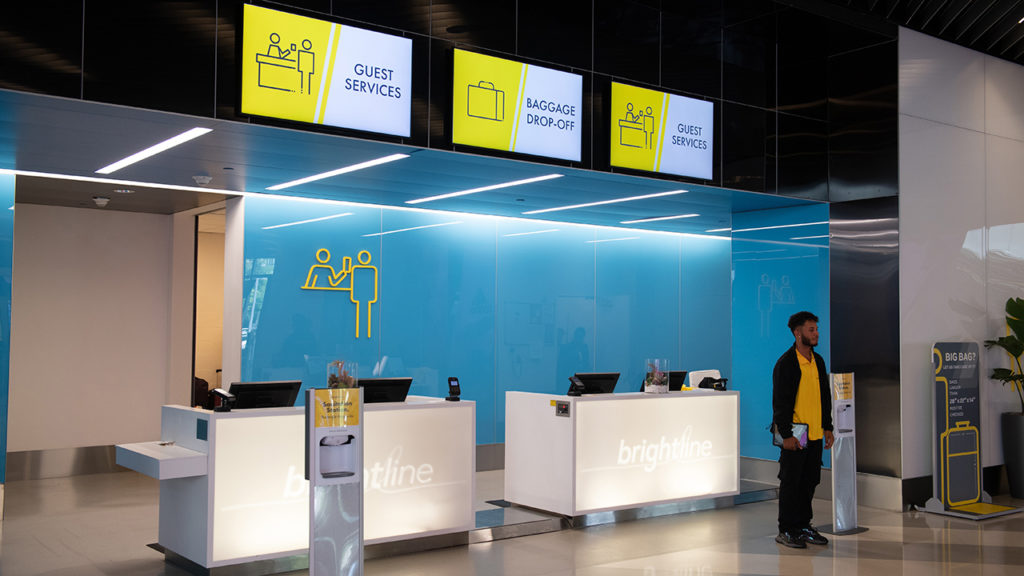
Succeeding Long Term
While evaluating the opening and initial performance of the fledgling railroad, living through the deadliest pandemic in United States history, and the tremendous rebound during the past year, one cannot help but marvel at the success of Brightline. This is particularly true when considering the choppy history of rail passenger service in the U.S. A question that keeps coming to mind is – can Brightline be successful long-term? Can they revolutionize passenger service in the United States? Many answer “yes” to both questions.
Much of the story around America’s rail passenger history is not pleasant. After revolutionizing civilization in the 1830s by providing a mechanical and successful means of moving freight and passengers, railroads opened the country to most Americans over the ensuing decades. While passenger service began to tail off slightly in the first half of the twentieth century, World War II stretched the system beyond its capacity. Afterward, although facing stiff competition from highways and airways, the railroads made a valiant effort to draw passengers to the rails with powerful diesel and electric locomotives, streamlined equipment and exemplary service. However, all of this was for naught as personal automobiles and jet aircraft sounded the death knell for passenger trains.
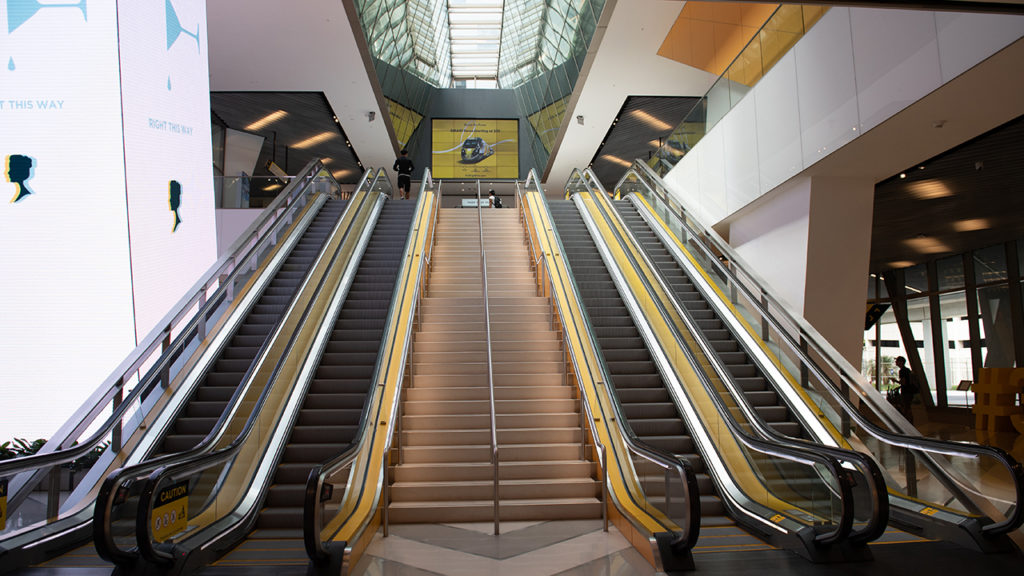
Then, when railroads faced the possibility of nationalization due in part to a heavy burden of required passenger and commuter train operation, commuter and transit services became the responsibility of state and municipal governments, and Amtrak was formed in 1971. The passenger railroads came wheezing into the station to be “rescued” by the National Railroad Passenger Corporation, but this rescue was a lot of show and very little bite. To say that Amtrak’s history, even considering the recent flood of money available to it from federal infrastructure programs, has been nothing but tortured is an understatement.
So, it’s against this backdrop that the founders of Brightline had the moxie to attempt successful rail passenger service in America. Although not the be-all and end-all service that Amtrak tries to be, Brightline’s success builds on several factors. First, it’s the vision of Wes Edens, the co-founder of Fortress Investment Group, who founded Brightline in 2018 after being inspired by Henry Flagler in Les Standiford’s Last Train to Paradise: Henry Flagler and the Spectacular Rise and Fall of the Railroad that Crossed an Ocean. Goddard paraphrases Edens by saying, “Why the hell can’t we have this [high-speed rail]? Why are we 50 years behind the rest of the world? Can it be done privately and can it make money?” Edens believed the answer was “yes.” Goddard added that the Flagler book is now required reading for Brightline employees. Edens then recruited Mike Reininger, who is known as a visionary developer of experiential businesses, to lead the effort. Reininger had a background with the Walt Disney Company and other developments where he demonstrated skill at taking visions and developing them into physical assets.
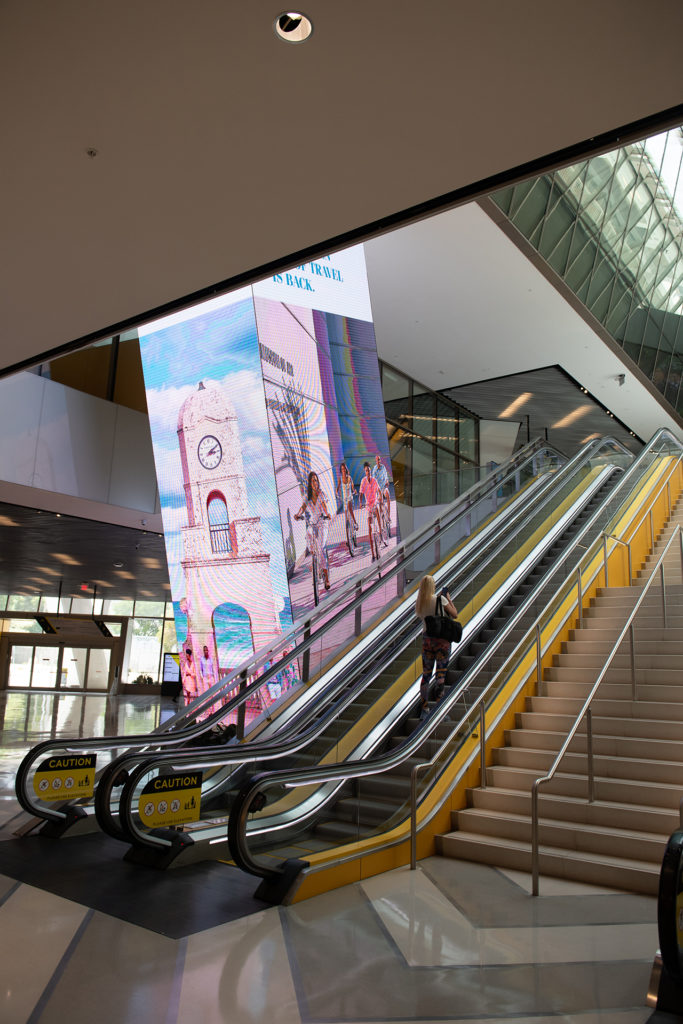
Next, Gene Skoropowski, who has spent most of his life in the passenger rail business, including a stint at the Capitol Corridor in California, was brought in to help design rail operations. Skoropowski, a veteran of previous work on high-speed rail concepts in Florida, knew the players and the market. In addition to helping design the rail operation, Skoropowski served as an ambassador for Brightline in the early years, making speeches and presentations throughout the country to spread the news.
Reininger recruited Patrick Goddard because of his background in the hospitality industry. Goddard’s task was to look at the railroad experience through the lens of someone with a hotel background. He focused on architecture and interior design and questions such as Does the lobby smell good? Is the coffee hot? Are the people nice? Does the technology work? And all the things that take the commodity of transportation and turn it into an experience. Goddard has built a team that focuses on this aspect of product development. They’re thinking every day about things like the food quality, the music playlist in the lobby, uniforms, standard operating procedures, how they greet people, how they solve problems, how their app works, how parking works, evaluating the performance of Brightline plus, and making the entirety of Brightline a better product. Goddard adds that he “stands on the shoulders of giants” and “it’s now time for the Brightline team to deliver on the commitment and vision of the founders.”

Another important factor in determining why Brightline believes it can be successful against the dismal backdrop of American rail passenger service is that the railroad serves a different market than most traditional U.S. trains. Goddard points out, “While Amtrak does have some performance goals it must meet, its design does not include profit.” The only U.S. service Brightline can compare to is the Acela in the Northeast Corridor, which does make an above-the-rail profit. Beyond that, Brightline’s counterparts are European and Asian services, such as Italo, Eurostar, Shinkansen and several other systems worldwide. These are highly profitable above the rail, with margins between 50% and 70%. Those services are comparable to what Brightline is doing, as opposed to Amtrak and local commuter and transit services.
Goddard adds, “The base of our model is city pair corridors that are too long to drive and too short to fly. These city pairs are densely populated and connect with very congested highway infrastructure. Plus, when you look at comparable systems around the world, they seek to capture the addressable travel market, which is around 15%, and in some cases, between 30% and 40%. In our case, in the Florida market, we only need about 5% of the addressable travel market to be profitable. In the Los Angeles-Las Vegas market, we need to capture around 15%.” The difference between the addressable travel market in south Florida and L.A.-Vegas is that there are multiple ways to move between city pairs in Florida, while there is essentially only one way to get from L.A. to Vegas along I-15.
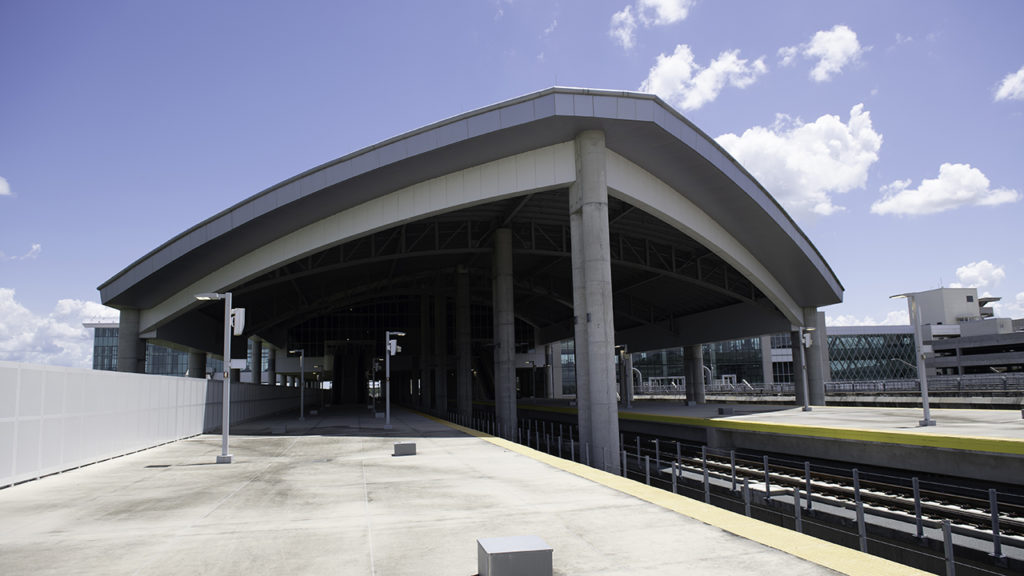
From a fare perspective, Brightline only needs to charge about a third of what Acela costs. “So, these things give us the highest degree of confidence in our path to profitability,” said Goddard “We’re operating today only about 20% of what our system will be capable of in terms of capacity and about one-fifth of our fare potential. Our operation thus far has been a proof-of-concept, demonstrating that people will get out of their cars and look at the train as a viable mode of transportation. We’re warming up the Florida market as we prepare to roll into Orlando. At the same time, Orlando is a less populated market; it is, however, much bigger in terms of a domestic and international tourist attraction, making it more significant as a demand generator.” Brightline has about 85% of awareness in the Florida market—i.e., about 85% of the people it wants to know about Brightline do know about it, about half of those people have tried the train, and about half of those people are riding the train frequently.
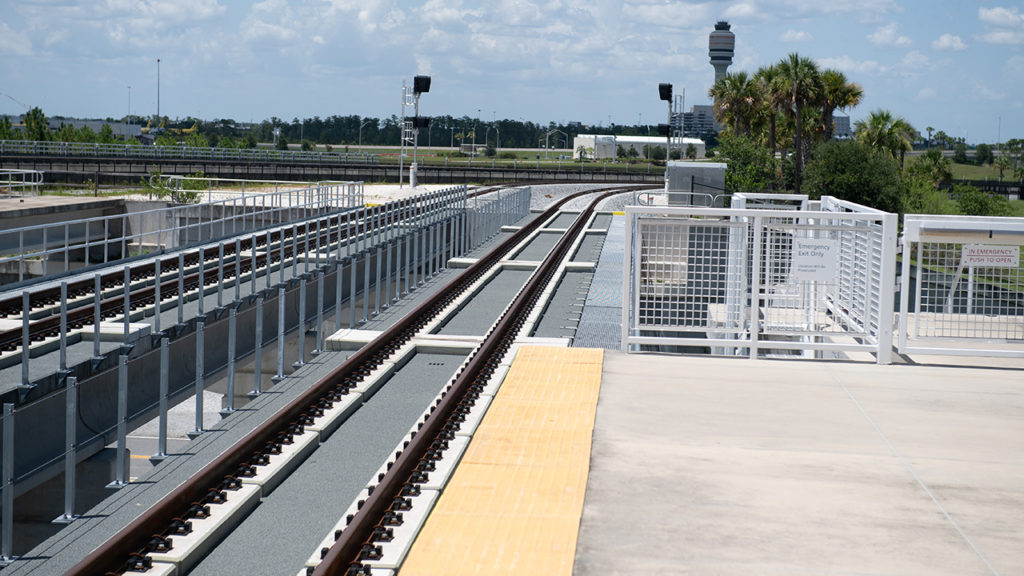
Real Estate—To a Point
Brightline is also making significant real estate investments, but the company says that real estate investments and railroad investments follow completely different “investment theses.” Goddard points out that the two investment activities are complementary in that having rail stations surrounded by residential, office and retail operations come with a great deal of synergy between the surrounding community and the rail station. “In Miami, we invested about $1 billion in 1.5 million square feet of real estate and essentially created a small city around the station which is a destination,” he said. “This area on the western side of downtown was in neglect before we came in. There was no development within five blocks of this project. Since our development, there has been an additional $3 billion of real estate investment in the five-block area around our station.”
Moreover, Brightline’s presence generates additional transit development around the station, which benefits the entire area. The company sought to incorporate other transit services as part of the station, which also serves Metro Mover, MetroRail and TriRail. These lines serve as feeder systems to the Brightline intercity service and collectively serve about 40 million passengers annually.
This model is adopted wherever Brightline has announced plans for a station. When a new station announcement is released, local transit agencies ask themselves how they can connect to the station. Real estate developers also react because of the success in the area around MiamiCentral.
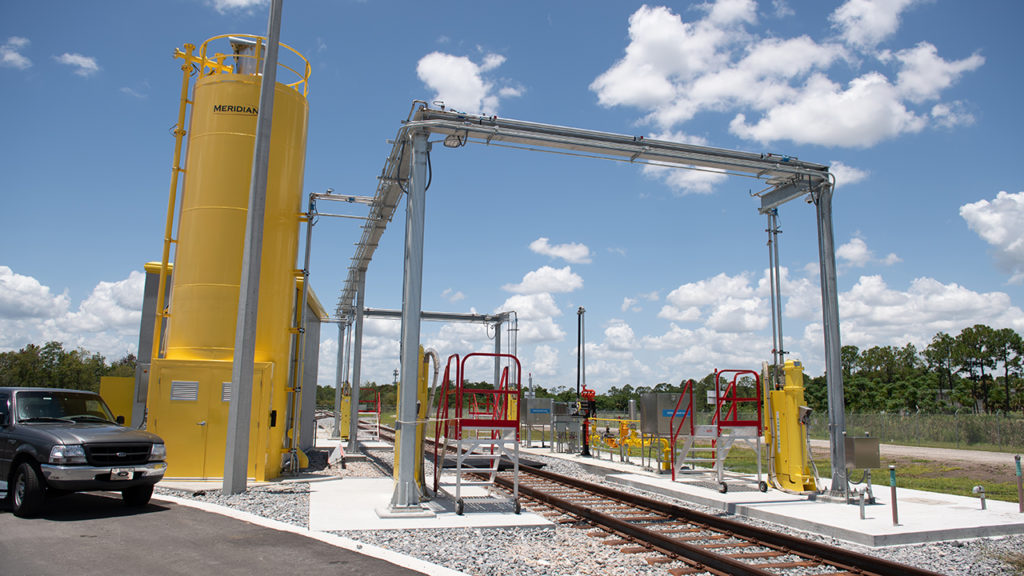
Other Potential City Pairs
Brightline is working on a line to connect its eastern Florida/Orlando line to Tampa. While the Orlando line is about ready to open, work on the Tampa line is just starting. Indeed, the railroad is currently determining the best route between the two cities and working on issues of eminent domain, utilities and other things that the company must resolve before the first spade of earth can turn on the new line.
Vanessa Alfonso, a spokesperson for Brightline, told Railway Age that “this is a generational moment for transportation and train travel. Frequent departures, 200-300-mile markets, and higher speed. We believe that Brightline has proven that short legs for high-speed rail are needed, as evidenced by the quick growth we’ve had.” She added that 12-15 other city pairs in the country offer opportunities for Brightline.
In addition to the Miami-Orlando-Tampa and Los Angeles-Las Vegas lines, Brightline says that other potential routes include Atlanta-Charlotte, Washington-New York-Boston, St. Louis-Chicago, a Texas triangle of Dallas-Austin-San Antonio-Houston and Portland-Seattle-Vancouver.
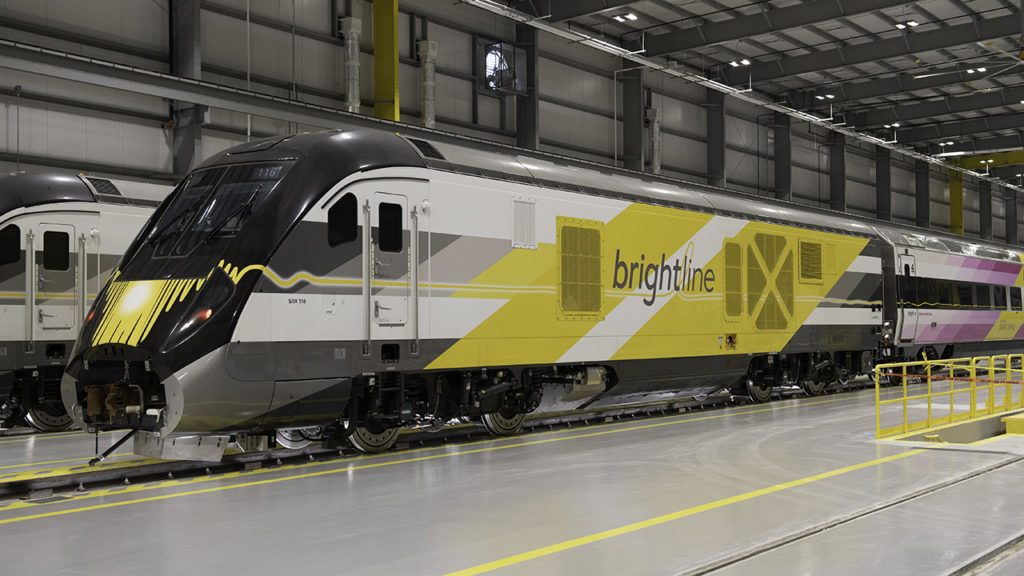
Next Stop: Orlando!
While Brightline has been successful so far, its service, impact on Florida rail and influence on the redevelopment of passenger rail in the U.S. will likely be tremendous. The growth of ridership, revenue and real estate adjacent to stations will be interesting to watch. Moreover, the Orlando station is at Terminal C of the Orlando International Airport (MCO), the second-busiest airport in Florida and the 14th-busiest in the U.S. Brightline service to and from the airport will likely further boost ridership among both domestic and international travelers.
Goddard said that the line to Orlando is about 85% complete, and it’s undergoing high-speed testing now. He also pointed out that, from the Federal Railroad Administration’s perspective, upgrading existing tracks for higher-speed service is one thing. Yet, it’s different to build them from scratch, as Brightline is now doing.
Most of the external construction of the Brightline station at the airport is complete, while the build of the interior of the station is progressing rapidly. However, Goddard would not commit to an opening date at this point. Given work still left to do and completion of line testing, Brightline’s president would only commit to “next year.” Many observers believe the opening will likely be in the first quarter.
In addition to the line and station facilities, Brightline’s Orlando footprint includes a locomotive repair shop, which it calls a “vehicle maintenance facility,” that is 135,805 square feet, a 9,542-square-foot train washing facility, and 7.75 miles of maintenance and storage track, all on a 62-acre site. The locomotive shop features drop pits and a 30-ton overhead crane, and the facility can support heavy repair on both locomotives and cars.
Brightline trains have a Siemens Charger locomotive on each end of a four-car train, but these trains can expand up to 10 cars as ridership demand warrants. This is not a push-pull service, though. The two locomotives on the train ensure plenty of power to maintain speed and serve as a backup in case one engine fails. In addition, this configuration eliminates the need for the train to turn around at each termination point, saving millions in operational costs.
Revolutionary?
New passenger rail service built from the ground up has not appeared in the U.S. for more than 100 years. Transportation planners and rail advocates have always debated the requirements for rail passenger service to be successful. Traditional refrains include frequent departure times, dense population centers, short-to-medium distances, clean stations and trains, and quality service. Brightline appears to have all these things in its business model. Moreover, the company’s comprehensive approach to identifying “qualifying” city pairs and exceptional attention to the synergy between real estate development and station location brings a new level of thinking to rail development. Urban planning is a discipline of its own, and Brightline is incorporating some of the best thinking in this arena to improve its chances for success.
With everything we’ve seen so far, we believe Brightline has an excellent chance to truly revolutionize the world of U.S. passenger rail.
